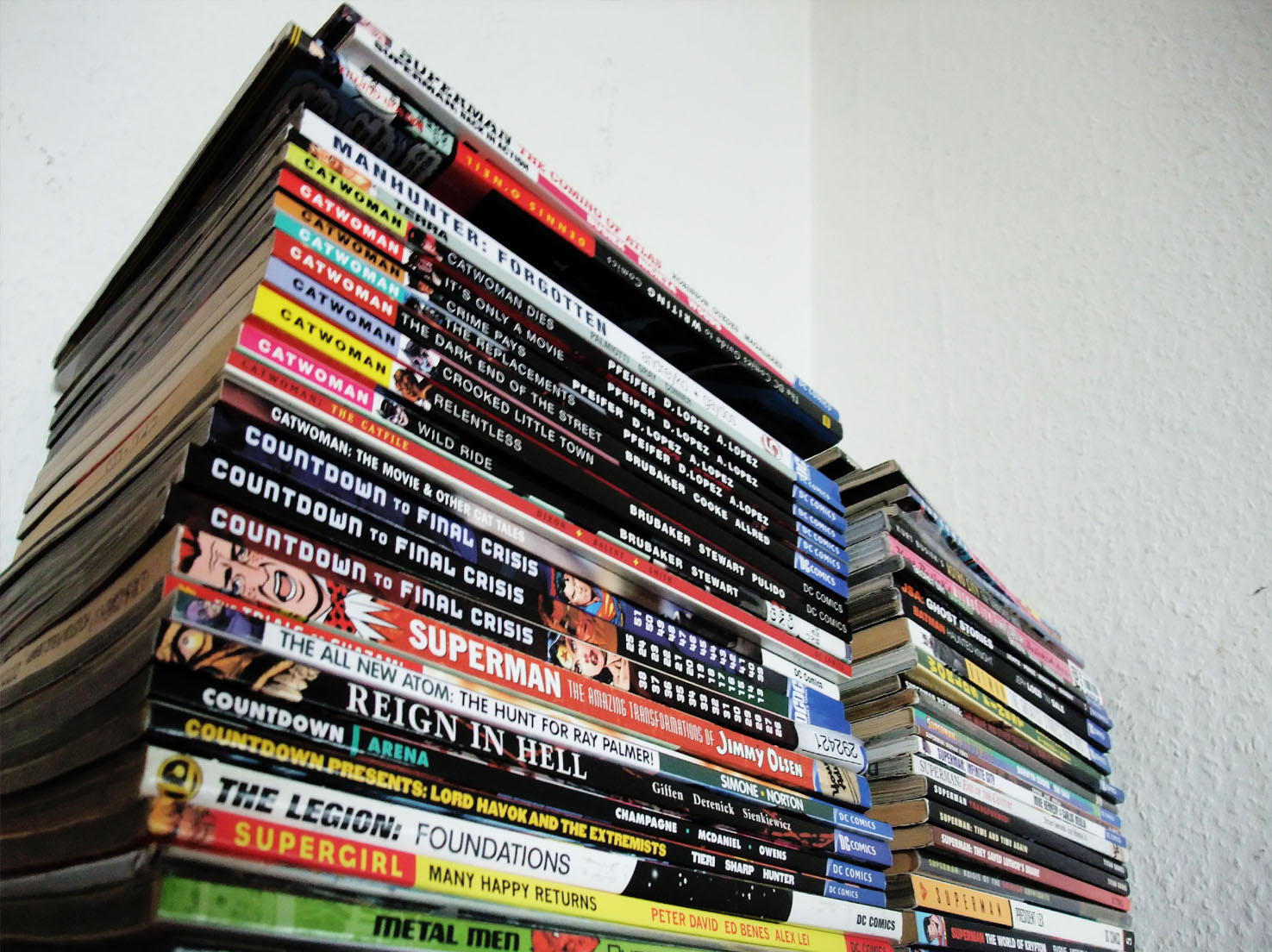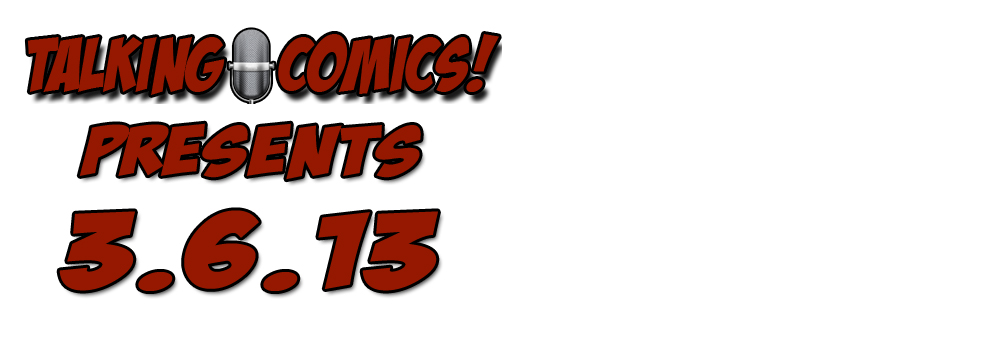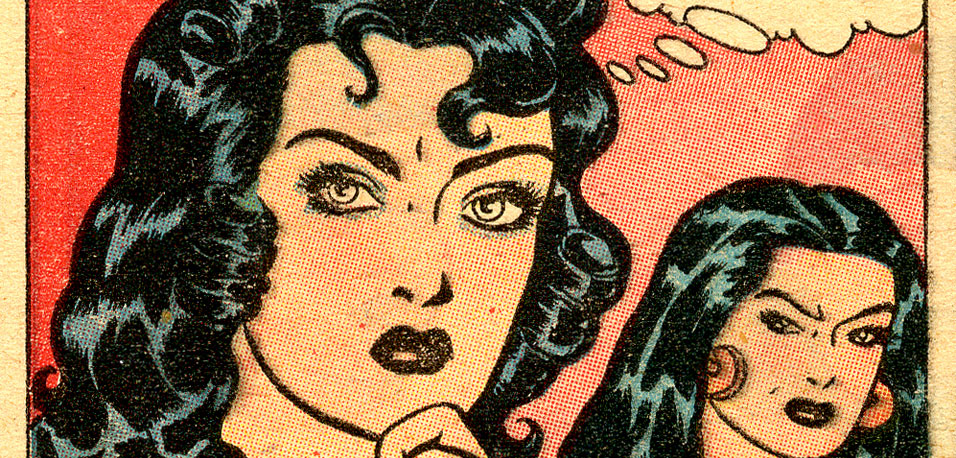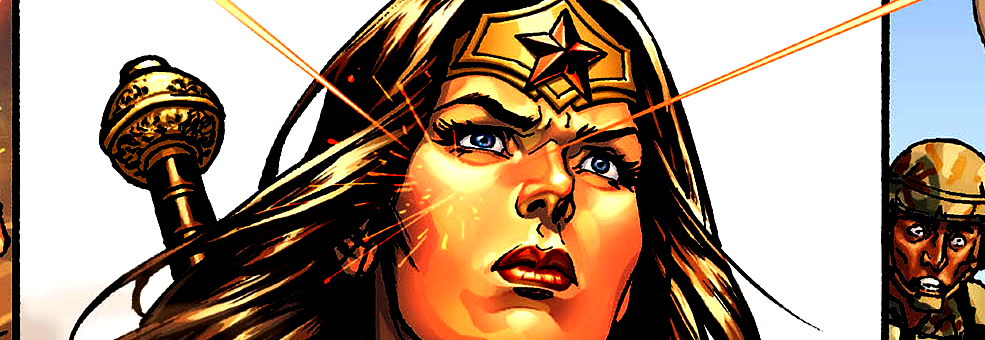“I’ll wait for the trade” has become an increasingly frequent phrase in the average comic book buyer’s lexicon, and for good reason. Trade waiting–otherwise known as picking up a particular series once it has been collected in either a hardcover or paperback format–is one of the most common means of saving money (as well as physical space) when buying comics. It’s also one of the simplest practices among these budget saving techniques, requiring only a modicum of handy guidance to help save even more for consumers:
DON’T BE AFRAID TO BUY IN TRADE
For as much as trade waiting has become front-and-center in consumer’s minds when they consider how much they want to invest in a new monthly series, it is also viewed as part of the reason why a good book gets cancelled too early. And while there are endless reasons that factor into titles getting the axe too soon (also known around these parts as the “Bob Reyer Curse”), there is a bit of a Catch-22 involved in trade waiting: There would be no trade to wait for if everyone decided to skip out on collecting single issues. So we as comic buyers that want to support our little hobby feel bad about waiting for trade, as if that’s going to lead to the downfall of some of our favorite series and it will be all our fault.
But guess what? You know who doesn’t care about how much money we have to spend every month to feed our comic book addiction? The companies that are starting to charge $4.99 a comic, that’s who. If you have to trade wait in order to save a little dough and continue to actually purchase comics in the long run, go right on and do it. You might be contributing to the downfall of a particular series by not buying it monthly, but then again, perhaps the sales of trades is actually factoring into a series’ success. Either one of those statements could be true because we don’t know the hard data that goes into whatever weird algorithm companies use to decide what books to cut from their lineup. Aside from that, ask any comic creator if he/she would rather someone pick up their work in trade or not be able to afford to do it at all and I can almost guarantee you’ll get answers that trend toward the former.
DECIDE WHICH SERIES TO TRADE WAIT
Now that you know that it’s totally okay to trade wait, it’s time to assemble a potential list of trade wait-able titles. Naturally, the selection process is a subjective one as the reading preferences and budgets of readers is wildly varied, but there are several things to look at when narrowing down the field:
- Are you reading a series only after amassing three, four, or five issues every few months? Guess what, you’re already trade waiting and paying way more to do so! There’s nothing wrong with reading single issues in a lump–sometimes a story is written in such a way that it’s more beneficial to do so–but you’re sacrificing your budget for the sake of long-form storytelling. Whether it’s easier to read a certain series altogether or the desire to read month-to-month isn’t there anymore but you don’t want to drop the title completely, trade waiting is an easy transition to make when you’re already letting those single issues pile up. Save the cash (and the space).
- Do you have a particularly favorite artist or writer? It might seem odd to suggest waiting until trade for a favorite artist or writer, but trade waiting doesn’t need to have a negative connotation. I personally collected all of J.H. Williams III’s work on DC’s Batwoman in hardcover form in order to better showcase an artist that I love. Believe me, it’s much easier to hand a friend a trade of a favorite artist (or writer) than a stack of single issues.
- Will waiting for the trade tear apart your very soul? Okay, so it’s a tad on the melodramatic side but remember to think about trade schedules before deciding on collecting a series as a whole. Unfortunately the release schedule on trades is varied across all publishers, but as a general rule, Image is the fastest with their release window as their trades are designed to catch up readers before the next arc begins. DC and Marvel, on the other hand, take between two to six months to release arcs in collected formats. Do some reconnaissance work (i.e. check out trade release dates on a site like Amazon) to figure out the schedule of any potential trade wait-able series and decide if that wait is a manageable one.
- Is it cheaper to trade wait? There are instances when trade waiting can affect a comic budget negatively, so be sure to do that little extra bit of research when looking into a collected series. Finding out the number of issues a trade contains within in it is paramount as not all trades are cut from the same cloth. Some contain a measly four issues and retail for $19.99 or more; with typical single issues ranging from $3-$4 a piece, that collected edition may not be worth purchasing from a budget comic buyer’s standpoint. It’s simple math to figure out if a trade is worth its value, so take the time and plug in the numbers.
WHERE TO PICK UP TRADES
You should now know exactly what you’re planning to trade wait on, now it’s time to figure out where to get those collected editions when they’re released. Obviously, a local comic shop (LCS) is the first place that should come to mind, especially if you’re no longer buying those single issues from them each week. But I get it, not all LCSs sell trades below their retail value and are therefore not quite enough of a bargain. Thankfully, there are places that stock trades cheaper. Try some of these out next time you’re itching for more savings in the trade department (note: this is in no way a comprehensive list—feel free to post your favorite retailers in the comments):
- Amazon (www.amazon.com) – It’s the obvious one, I know, and if you haven’t heard of Amazon, I’d like to first welcome you to the Internet! It’s a vast place with a lot of cat GIFs. Just avoid those message boards. Seriously though, Amazon typically offers between 10% and 40% retail price for a trade paperback or hardcover. Be warned that their release dates are usually one week after retail though.
- InStockTrades (www.instocktrades.com) – Like Amazon, this website offers every trade paperback and hardcover release under the sun. Savings can be either 50% off retail price for select new releases or 42% off retail price for all others. Shipping is a flat rate of $4 for orders under $50 but is free for orders over $50 (U.S. only, sadly). You won’t get that sweet Amazon Prime shipping, but oftentimes the prices at InStockTrades are (gasp!) better than Amazon (double gasp!).
- The Library – No, this isn’t some new hipster book website. I mean the actual library. That place that still uses the Dewey Decimal system to catalog physical books. It might seem antiquated to list the library as a place to get comics, but trust me! Your local library probably has some collected comics and not just dust-covered stuff from the early 90s either. I can tell you from personal experience that I was able to read all of Jason Aaron’s Wolverine and the X-Men via trades rented out from my local library. These trades usually arrived a few weeks after they are released in stores and were totally free. Getting a library card can be a pain though.











